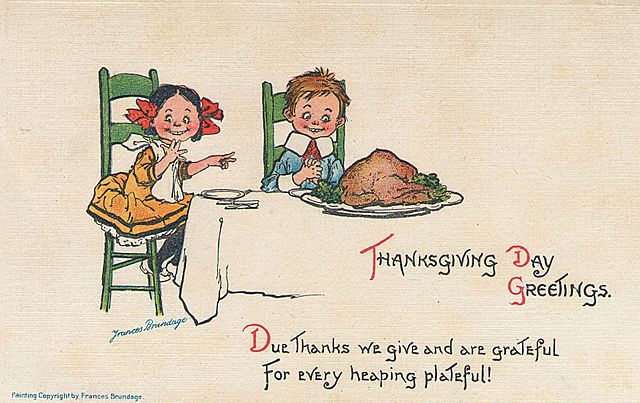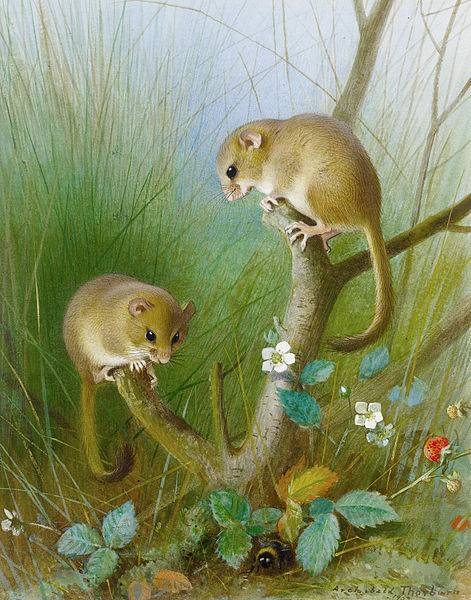
A new book acquired by the Thammasat University Library should be of interest to students of philosophy, sociology, marketing, and related subjects. The Power of Cute is shelved in the General Stacks of the Pridi Banomyong Library, Tha Prachan campus. It was written by Professor Simon May, a Visiting Professor of Philosophy at King’s College London, United Kingdom. King’s College London was founded in the 1820s. According to his faculty page, Professor May has studied such subjects as ethics, philosophy of the emotions, questions of identity and belonging, and German 19th and 20th Century thought, especially the work of Schopenhauer, Nietzsche and Heidegger. He also writes aphorisms. Aphorisms are brief observations that try to communicate a general truth.
He has written books on Nietzsche’s Ethics and his War on “Morality” (Oxford: Oxford University Press, 1999); Love: A History (New Haven: Yale University Press, 2011); and Love: A New Understanding of an Ancient Emotion (New York: Oxford University Press, 2019). These are available from the Interlibrary Loan (ILL) service of the TU Library. Professor May has also edited Nietzsche’s “On the Genealogy of Morality”: A Critical Guide (Cambridge University Press, 2011) and co-edited Nietzsche on Freedom and Autonomy (Oxford University Press, 2009).
Professor May points out that products and images seen as cute are not just adorable, charming, delightful, pleasant, and pretty. They are also the bases of billion dollar industries.
Hello Kitty; Mickey Mouse; Pikachu, the Pokémon monster; and E.T. all succeed in appealing to consumers. TU students who have travelled to Japan may have noticed the Maneki-neko or welcoming cat seen in shops, restaurants and other businesses, which are thought to bring good luck to owners. Professor May notes:
Cute is colonizing our world. But why? And why, so explosively, in our times? We might think Cute so trite as not to merit attention, and certainly not to be a worthy subject of investigation. Or so perverse, in the clichéd helplessness it foists on its objects, and perhaps relishes in them, as to deserve little more than scorn. So that it would be pointless at best to try to dig into something as superficial as the feline girl figure Hello Kitty; Pikachu, the Pokémon monster; E.T., with its gangly shrunkenness; the ugly Cabbage Patch Kids… At first glance, Cute is indeed all about evoking a garden of innocence in which childlike qualities arouse deliciously protective feelings in its viewers and imbue them with contentment and solace. Cute cues include behavior that appears helpless, harmless, charming, and yielding, and anatomical features such as outsize heads, protruding foreheads, saucer-like eyes, retreating chins, and clumsy gaits. Perhaps, as the great scholar of animal behavior, Konrad Lorenz, suggested in 1943, our response to these sorts of cues evolved to motivate us to give our offspring the extensive care and nurture that they need to prosper… Interest in the cute is routinely deemed infantile—or infantilizing; indeed, excoriated as such. Judgments of this kind take for granted that the aesthetic of Cute is centrally about attraction to the innocence or powerlessness of the childlike, motivated not just by the instinct to protect but also, variously, by the desire to regress oneself to childhood, to escape the demands and complexities of adulthood, and to be unthreatened and in control. Escapist and trivial at best, narcissistic and sadistic at worst, such motivations, it is said, end up belittling both the viewer and the object viewed.

Konrad Lorenz was an Austrian zoologist, ethologist, and ornithologist. He shared the 1973 Nobel Prize in Physiology or Medicine and is often regarded as one of the founders of modern ethology, the study of animal behaviour. Dr. Lorenz’s books may also be borrowed through the ILL service of the TU Library. According to Professor May, Dr. Lorenz suggested that some objects or images are fascinating because they are more than just pretty. They might also worry us a little. This makes them more interesting than objects that are just attractive. Adults who prefer to be surrounded by childlike images are protecting themselves from something, and trying to guarantee a level of comfort and safety in their lives.
Cuteness is linked with youthfulness. Dr. Lorenz pointed out what he termed a baby schema, or facial and body features that make a living thing appear attractive and worthy to be cared for. He wrote:
Humans feel affection for animals with juvenile features: large eyes, bulging craniums, retreating chins… Small-eyed, long-snouted animals… do not elicit the same response.
When objects or living things are shaped a certain way, we react to them even if we are not aware of exactly why we respond the way we do. Professor May follows the example of the American biologist Stephen Jay Gould, who observed that Mickey Mouse, as originally created by the Walt Disney Company, was much less cute than the familiar character who was developed some years later. At first Mickey Mouse resembled a fast-moving mouse, and later on, he began to look more like a child. To make viewers feel more affection for Mickey, the Disney employees gave him
a relatively large head, predominance of the brain capsule, large and low-lying eyes, bulging cheek region, short and thick extremities, a springy elastic consistency, and clumsy movements.

The TU Library owns some books by Stephen Jay Gould. Another scholarly analysis of cuteness is by Professor Sianne Ngai of the University of Chicago, Illinois, USA. Professor Ngai’s book Our Aesthetic Categories: Zany, Cute, Interesting (2012) is available from the TU Library ILL service. The TU Library also owns another book by Professor Ngai. It is shelved in the General Stacks of the Puey Ungphakorn Library, Rangsit campus. Professor Ngai told an interviewer from Australia:
Unlike the beautiful, there is no theory of the cute. That begins with nature… It’s really important that things that we find cute are more powerless than we are. Things tend to be cuter when they’re passive, when they’re injured… ‘Unlike the beautiful, which is a judgement, it’s not really clear that calling something cute is praise or criticism… Many of our contemporary aesthetic experiences are mixed feelings; people aren’t sure exactly what to feel… Look at the way people lean over puppies or babies. Men or women imitate the cute object! Their speech gets softer and more infantile… That’s one aspect of the surprising power of the trivial aesthetic forms… Another example of the power of the cute is its cultural ubiquity.

(All images courtesy of Wikimedia Commons)
